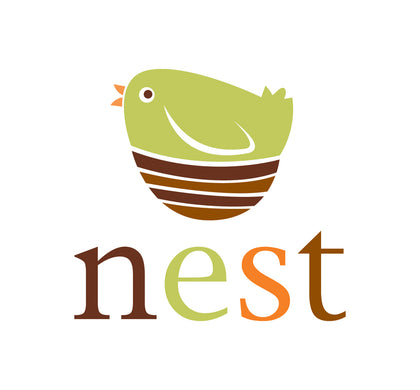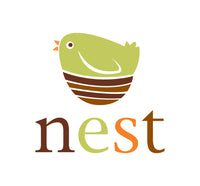reversible 11-20 board, with wool balls
- Ships from Ottawa, Canada
- Ships within 72 hours
This is a Reversible Board--meaning you receive one board but with both sides engraved. One side will have large tracing numbers on it. The other side will have the sections of dimples for counting balls. Photo shows both sides (just know that it is one board).
Our 11-20 Reversible Board is a combination of learning to write numbers while identifying their value. Tracing the smooth grooves of the large numbers builds muscle memory for children as they learn to write on their own. Filling the dimples with wood balls (or beads, snacks, stones, shells, etc) matches the number of items to the written numeral.
When a child is learning numbers, just showing them the number 12 doesn’t mean they understand what it represents. By using this board, your child then sees the relationship between what the number looks like and how many objects are included with it. Even after your child has learned numbers, they can use the board for more activities. Here are some ideas for learning through play…
- DISCOVER: Grouped into columns of five, your child will easily recognise the number through a glance rather than counting one by one. Number 11 is two groups of five plus one more. Or ten and one more. Following the same thinking, see how 14 is ten and four more? What's the difference between the top row and bottom row? The additional row of five for every number. So now you see how 12 plus 5 equals 17. Top row plus five equals number beneath it. What about adding the bottom with the top from either side: 11+20=31, 12+19=31, 13+18=31, 14+17=31, and 15+16=31? Isn’t is fun finding all the different combinations?!
- TRACE: Demonstrate for your child where to begin tracing and which lines to follow. Use your fingers or the tracing stick. Practice with your dominant hand and for fun, try tracing with your non-dominant hand. With eyes closed, have your child randomly find a number to trace on the board and identify what it is based on the feeling.
- FILL: Place small items into the grooves to fill up each number, another way to focus in on their shapes and keep little hands busy. An activity of concentration, follow through, and creativity. Use dry foods such as beans, corn, grain, flaxseeds, herbs, and rice. Use nature such as flower petals, leaves, sticks, stones, sand, and shells. Use snacks such as cereal, raisins, pretzels, crackers. Use art materials such as bells, beads, pompoms, pipe cleaners, and jewels.
- RUB: Place a sheet of paper over the board (either side) and use a crayon to rub the paper, creating an impression of the board onto the paper. Then trace inside the lines on the paper or color in the dots.
- MOLD: Press play dough into the board to create impressions of the numbers and dimples. Numbers will come out backwards, but then use scissors to cut around them and have numbers to move around for playing. Roll balls of dough to place in the counting side. Then squash each ball with the tracing stick as you count them.
- Most important of all, have fun!
- - - - - - - - -
DETAILS:
Includes tracing stick and coloured wool balls. Balls are 1/2" and pose a choking hazard, so please replace with snack foods until child is at least three years old.
Measures 12 x 16 inches. Wood is 0.5 inch thick and weighs 1.5 pounds.
Made in the United States by 'Treasures from Jennifer'.









